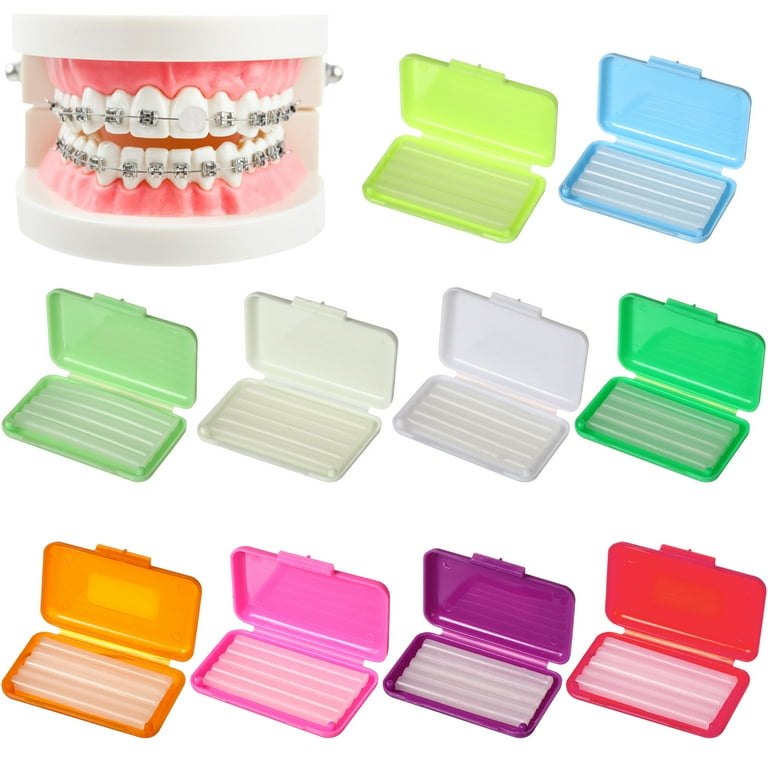How Cumming Orthodontics Can Change Your Smile with Invisalign and Braces
Comprehensive Guide to Orthodontics Procedures for Correcting Dental Imbalances
Recognizing the ins and outs of each procedure, including their mechanisms, benefits, and potential disadvantages, is essential in making educated choices about one's orthodontic therapy. As we navigate with the comprehensive guide to orthodontic procedures for remedying dental misalignments, the intricate details of each technique will certainly unfold, losing light on the path toward a useful and harmonious dental placement.
Orthodontic Procedures Summary

Along with standard dental braces and clear aligners, orthodontists may also suggest various other treatments like headwear, palatal expanders, or retainers to address particular positioning problems (cumming invisalign). These treatments are customized to each patient's distinct needs and may entail a mix of treatments to achieve the wanted outcomes. Normal adjustments and surveillance are important parts of orthodontic treatment to make certain development gets on track and to make any type of necessary modifications along the means. By undertaking orthodontic treatments, patients can not only attain a straighter grin yet additionally improve their overall oral health and function.
Conventional Braces: How They Function
When considering orthodontic treatments for oral imbalances, traditional braces stick out as a tried and true method for fixing teeth placing. Typical dental braces include braces, wires, and bands that work together to apply constant pressure on the teeth, gradually moving them right into the wanted alignment. The brackets are affixed to the teeth utilizing an unique adhesive, and the wires are threaded via the braces. By adjusting the tension of the cords, orthodontists can regulate the direction and pressure put on each tooth, leading them right into correct positioning in time.
As pressure is used to the teeth with the braces, the bone bordering the teeth is reshaped to support the brand-new tooth settings. People will need normal modifications at the orthodontist's office to make certain the dental braces continue to apply the appropriate stress for efficient teeth activity.
Undetectable Aligners: Cons and pros
These clear, customized trays are basically invisible when used, making them an attractive alternative for individuals looking for a more visually pleasing orthodontic therapy. People can get rid of the aligners prior to consuming or cleaning their teeth, reducing the risk of food getting stuck in the device and simplifying the cleaning process.

Surgical Orthodontic Options
Surgical interventions in orthodontics existing viable choices for resolving complex dental imbalances that might not be properly solved with conventional orthodontic treatments. While typical dental braces and invisible aligners can fix lots of orthodontic issues, specific cases require medical intervention to attain optimum outcomes. Surgical orthodontic options are commonly suggested for extreme malocclusions, significant jaw inconsistencies, and situations where the underlying bone framework needs alteration to attain appropriate positioning.
One usual medical orthodontic treatment is orthognathic surgery, which involves rearranging the jaws to remedy functional issues top article such as problem talking or chewing. This surgery is frequently executed in cooperation with an orthodontist that helps line up the teeth before and after the procedure. Surgical orthodontics might additionally entail treatments to subject impacted teeth, get rid of excess gum cells, or improve the jawbone to create a much more unified facial profile.
Before thinking about medical orthodontic alternatives, patients undertake a thorough analysis to identify the necessity and possible advantages of such treatments. orthodontist. While surgical treatment may seem complicated, it can considerably improve both the function and aesthetics of the smile in instances where conventional orthodontic therapies fail
Retainers and Post-Treatment Care

Post-treatment care involves complying with the orthodontist's guidelines vigilantly. This might consist of correct dental hygiene practices, participating in follow-up appointments, and wearing the retainers as suggested. Failing to follow post-treatment treatment guidelines can result in regression, where the teeth gradually official site relocate back in the direction of their initial placements. Regular retainer wear, excellent dental hygiene, and normal oral exams are crucial for keeping the results achieved with orthodontic surgical procedure and making sure the long-term stability of the dealt with oral positioning.
Conclusion
In verdict, orthodontic treatments use numerous options for dealing with dental imbalances. Surgical orthodontic alternatives are readily available for more More Info severe imbalances. In general, orthodontic treatments can successfully boost oral health and wellness and visual look.
As we browse through the detailed guide to orthodontic treatments for fixing dental imbalances, the complex information of each technique will unravel, dropping light on the path towards a functional and harmonious oral positioning. - cumming aligners
One of the most usual orthodontic therapies is the use of braces, which consist of metal braces and wires that use gentle pressure to gradually change teeth right into the wanted placement.When considering orthodontic therapies for dental imbalances, typical braces stand out as a time-tested method for correcting teeth placing. Furthermore, unseen aligners may not be appropriate for complicated orthodontic concerns that require even more significant teeth movement, as they are usually suggested for light to moderate cases. Retainers are tailor-made orthodontic tools designed to hold teeth in their fixed settings after the conclusion of orthodontic therapy.